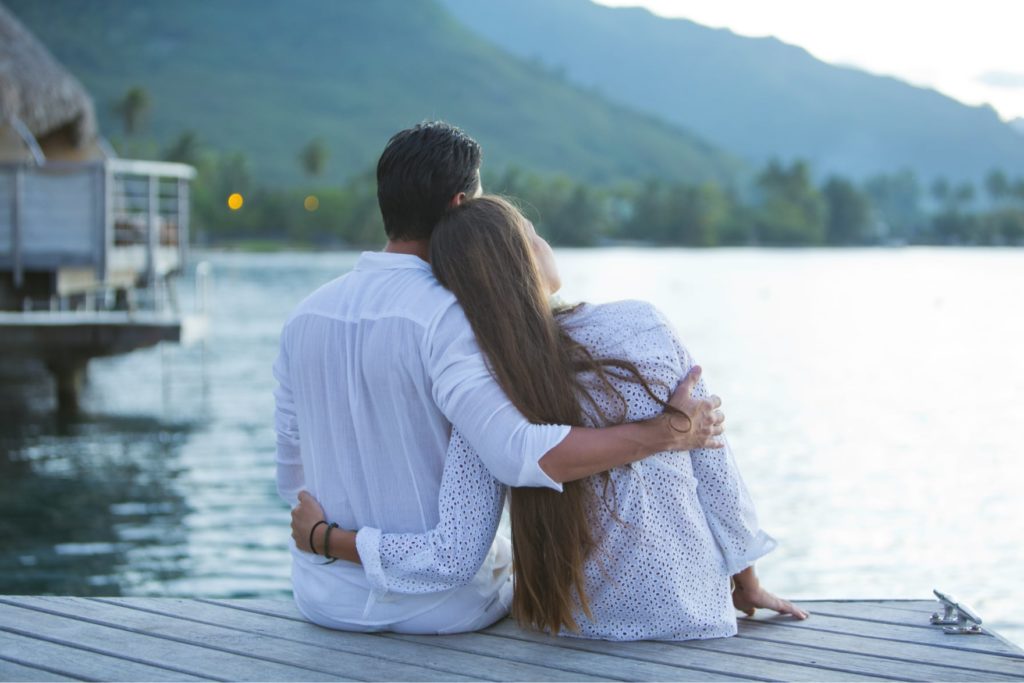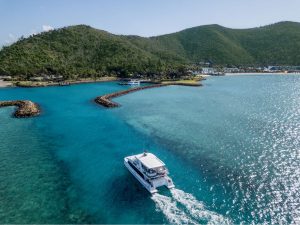We all like to save when traveling. I certainly do, but it doesn’t mean you have to cut back on the best!
It simply means knowing the 5 best ways of traveling to get all the best in specials and more importantly your experience for the best pricing.
Here are my 5 “Best Ways” to travel well and save in the South Pacific. Remember, you don’t have to use them all, but if you can you will have the best time with the greatest savings.
1.) Book well in advance of your travel date. This can mean a savings of hundreds of dollars per person for airfare alone. Traveling to the South Pacific is not like traveling into the Caribbean where there are many flights a day. For most destinations into the South Pacific like Tahiti, Cook Islands, New Zealand, and Australia, your options are limited in times per week. As the flight fills, the pricing goes up.
The same is true for accommodation as special rates disappear as the hotel sells out.
My suggestion is to book at least 10-months in advance of your trip date. If traveling during any holiday season makes that a year in advance.
Here is a stat for you: If you take all the people that travel to the islands of Tahiti in one year, as a tourist, the same amount arrives in Honolulu in less than a week.
As a result, the earlier you can book the more you save >>>> Another great benefit for booking well in advance
2.) Travel during the “Low” season: This is as true in the South Pacific as it is anywhere else in the world. You can save up to 40% off during the low travel season in the South Pacific. This usually runs from November 1 through to March 31ST the following year. The South Pacific is in the Southern Hemisphere, which is their summer. Summer generally means more rain during this time of year in French Polynesia and the Cook Islands, whereas in Fiji and on the west to the northern coast of Australia this is hurricane season. Of course, in New Zealand and southern Australia like New South Wales, it is the best time to go and it is high season.
For French Polynesia and the Cook Islands, increased rain means from 2 to 3 days of rain per 7 days.
There is a break in the low season around the holidays from about December 15th to January 4 or so of the following year, the pricing goes back to the high season.
3.) Mix up your accommodation: This is a little bit of intel I learned years ago. Use your least expensive accommodation at the beginning to end with the best with say a great view, location in a city, or splurge for a suite. If you begin with a garden view, say in Tahiti, then to a beach view, then to the overwater bungalow, you give yourself more time in the less expensive accommodation and still luxuriate in the more expensive at the end of the trip. NOTE: this does not work in the reverse as if you begin with the bang the rest will always seem like you are looking back at the bang. Another example would be New Zealand, which begins with small inns or motels, these are everywhere in New Zealand and end with a lodge with spectacular views and accommodation.
4.) Adjust your locations: The best specials, or better said, “what lessens your cost of a stay, are longer-term stays”. For example, if you are traveling to the Cook Islands you have better specials available for longer stays (this is usually from 4 nights or more, but not always). Let’s say one location has its best special for three nights, the next for 4 nights and the final one gives you a free night for staying 7 nights. You can now adjust your itinerary to meet the best specials in each location and you pay for only 13th nights of 14. If traveling to New Zealand, adjusting your locations works even better if you rent a car during part of your stay or even your whole stay. Plan your trip with easy driving times, I recommend flying between the North and South Islands to save time, and with the specials, you have a great trip, with close contact with nature and the locals, and less stress on the pocketbook.
5.) Watch the school holidays: Not ours here in North America, the school holidays in the South Pacific. What does this have to do with your travel? The pricing of accommodation and airfare in the South Pacific is less outside of school holidays. For example, the Cook Islands have a very close relationship with New Zealand. In fact, the Cook Islands are a very close and family-friendly destination for New Zealanders for the holidays.
Why? The South Pacific base their school schedules on the European school system and schedule. Now Canadians, I hear you, yes you have this as well, but your times of year tend to differ to the South Pacific as your seasons are reversed.
The schedules in the South Pacific for school holidays include longer holidays but three to four times a year instead of our long summer holiday and the shorter ones around the holidays.
So it pays to know the dates of the South Pacific School Holidays.
It does take a lot of work to check the above out for your trip, or you can put your travel planning in my hands and make your life much easier.
Why? Because it is what I do. Travel planning is my passion, AND travel planning so that you have the best trip, with the best pricing, and the best experience is my goal for each and every trip.


